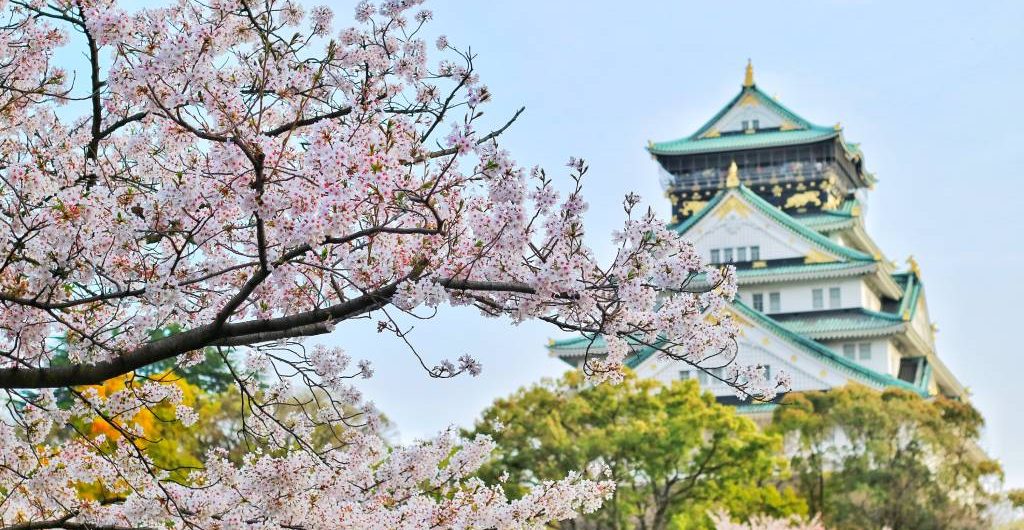
Osaka, often referred to as the “Kitchen of Japan,” is a vibrant and bustling city with a rich cultural heritage. Located in the Kansai region of Japan, Osaka has played a pivotal role in the country’s history and continues to be a dynamic hub of commerce, culture, and innovation. This outline provides an in-depth exploration of Osaka, delving into its historical background, geography, culture, economy, landmarks, cuisine, transportation, education, contemporary issues, and its promising future.
Historical Background
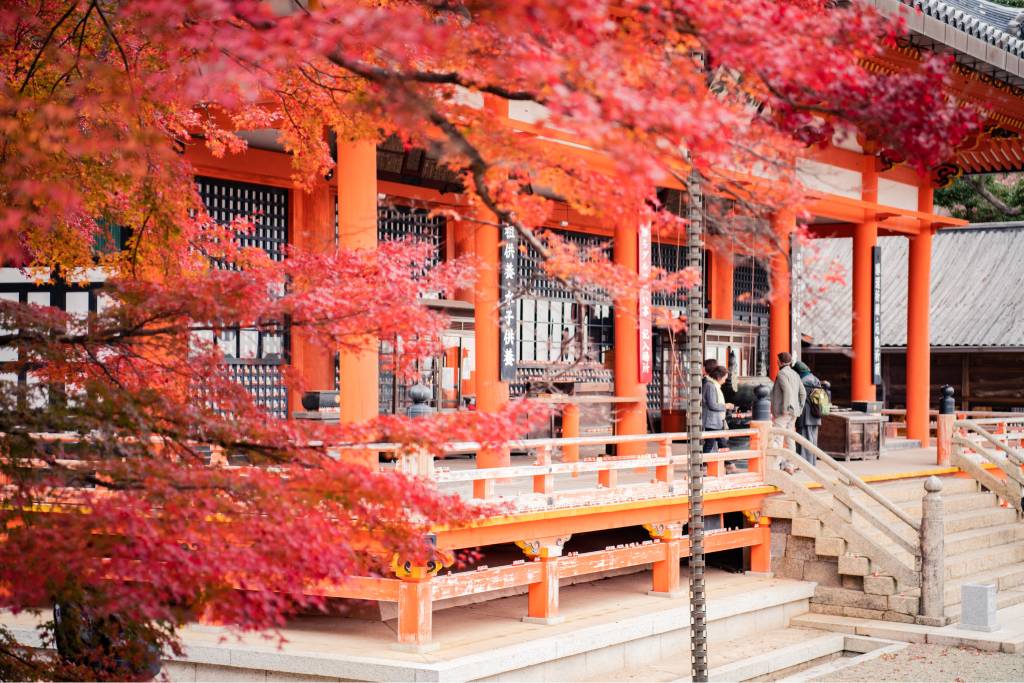
- Ancient history of Osaka: Osaka’s roots trace back to ancient times when it was a hub for trade and commerce during the Yayoi period (300 BC – 300 AD). The city’s strategic location along waterways contributed to its early development.
- Medieval and feudal period: Osaka played a crucial role during the feudal era as a major center for merchants and samurai. Notable historical events and castles from this era are significant parts of Osaka’s heritage.
- Modern developments and changes: Osaka’s transformation into a modern metropolis began during the Meiji era (1868-1912). The city’s development and adaptation to contemporary challenges will be discussed.
Geography and Location
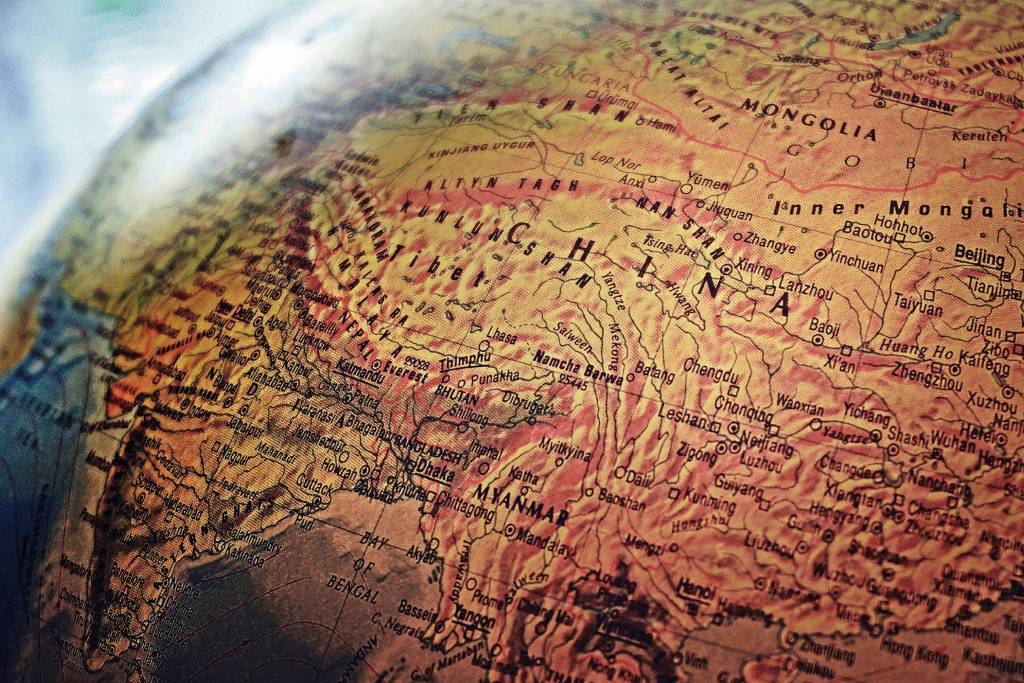
- Geographical features: Osaka is situated on the island of Honshu and is known for its flat terrain, making it easily navigable. Its proximity to the sea and rivers like the Yodo River have influenced its development.
- Location within Japan: Osaka’s central location within Japan makes it a crucial transportation and economic hub connecting various regions of the country.
- Surrounding areas and cities: The outline will touch upon neighboring cities and regions that interact with Osaka in terms of commerce and culture
Culture and Society
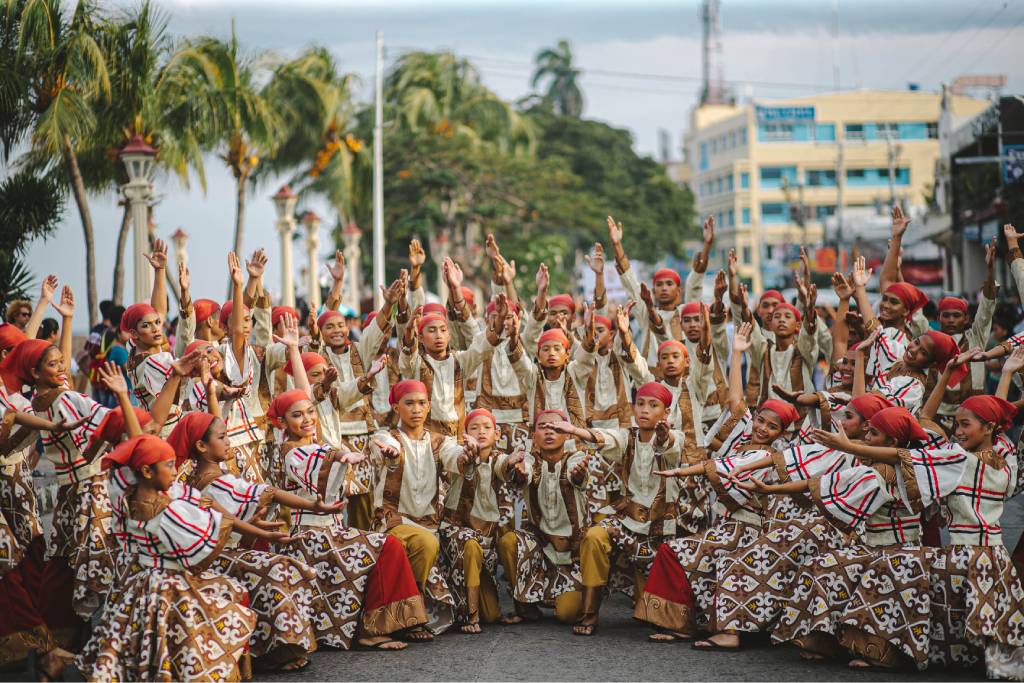
- Traditional arts and crafts: Osaka has a rich cultural heritage, with traditional arts like bunraku puppetry and ikebana (flower arranging). It has also contributed to the development of modern Japanese pop culture.
- Festivals and celebrations: Osaka is known for its lively festivals, including the Tenjin Matsuri and the famous Osaka Castle Park cherry blossom festivals. The outline will highlight these cultural events.
- Language and dialects: Osaka is famous for its unique dialect, Osakan, known for its distinct pronunciation and expressions, reflecting the city’s vibrant personality.
Economy
- Major industries and businesses: Osaka boasts a diverse economy with a strong presence in finance, manufacturing, and technology. Key industries and major corporations headquartered in Osaka will be discussed.
- Economic significance regionally and globally: Osaka’s economic influence extends both nationally and internationally, contributing significantly to Japan’s GDP and global trade.
- Employment and job market: The city’s job market and opportunities for residents and expatriates will be explored, highlighting its role as a major employment hub.
Landmarks and Tourist Attractions
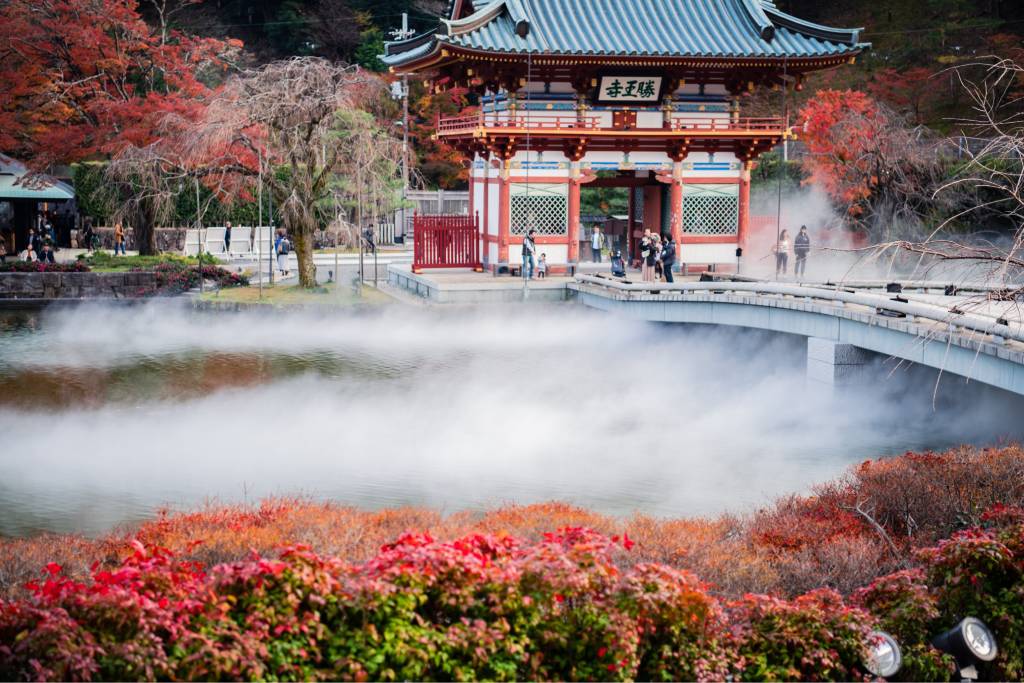
- Historical sites: Osaka is home to several historical landmarks, including Osaka Castle, Shitenno-ji Temple, and Sumiyoshi Taisha Shrine.
- Modern landmarks and skyscrapers: The outline will introduce contemporary architectural wonders like the Umeda Sky Building and Abeno Harukas.
- Natural attractions: Osaka’s beautiful parks and natural sites, such as Minoo Park and the Osaka Bay Area, will be featured.
Cuisine

- Local dishes and specialties: Osaka’s culinary scene is legendary, with iconic dishes like takoyaki (octopus balls), okonomiyaki (savory pancakes), and kushikatsu (deep-fried skewers).
- Influence of Osaka on Japanese cuisine: The city’s contributions to Japanese cuisine and its impact on culinary traditions will be explored.
- Popular food markets and restaurants: Recommendations for must-visit food markets and restaurants in Osaka will be included.
Transportation
- Public transportation system: Osaka has an efficient and extensive public transportation network, including subways, buses, and trains. Details on its transportation infrastructure will be provided.
- Roads and highways: The city’s road networks and expressways will be discussed, emphasizing their importance in facilitating transportation.
- Ports and airports: Osaka’s ports, including the Port of Osaka and Kansai International Airport, play vital roles in international trade and travel.
Education and Research

- Universities and educational institutions: Osaka is home to prestigious universities like Osaka University and contributes to Japan’s academic excellence.
- Research and innovation centers: The outline will highlight Osaka’s role in research and innovation across various fields.
- Contribution to the field of education: Osaka’s influence on education and its contributions to the development of Japanese education will be mentioned.
Contemporary Issues
- Current challenges facing Osaka: Issues such as urban development, environmental sustainability, and social concerns will be explored.
- Environmental concerns: Osaka’s efforts towards environmental sustainability and green initiatives will be discussed.
- Social and economic issues: The outline will touch on social issues like demographic changes and economic challenges facing the city.
Future Outlook
- Anticipated developments and projects: Prominent future projects and developments that will shape Osaka’s landscape will be highlighted.
- Vision for Osaka’s future: A glimpse into Osaka’s potential growth and its evolving role on the global stage.
- Potential challenges and opportunities: The outline will discuss the challenges Osaka may face in realizing its future vision and the opportunities for growth and improvement.